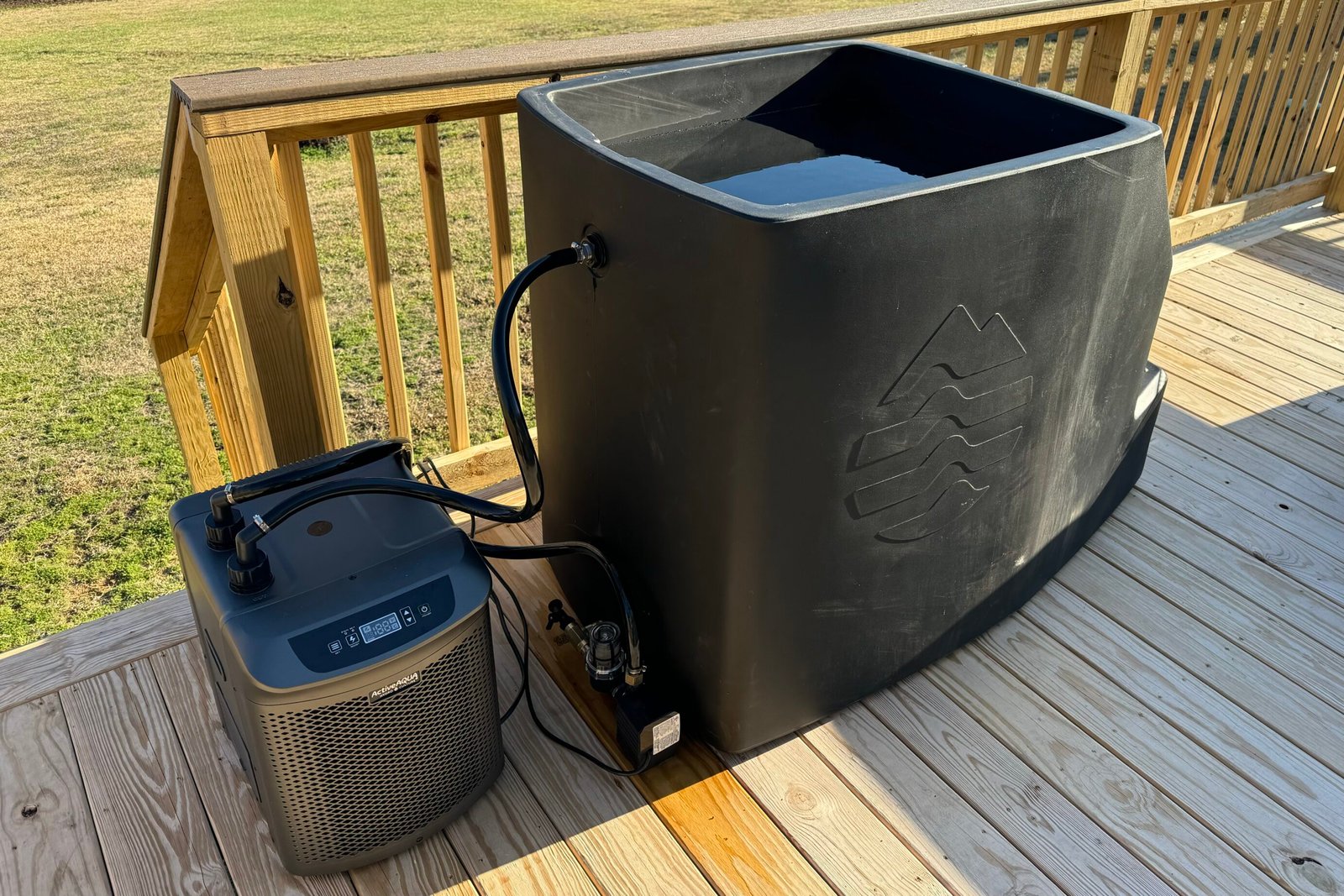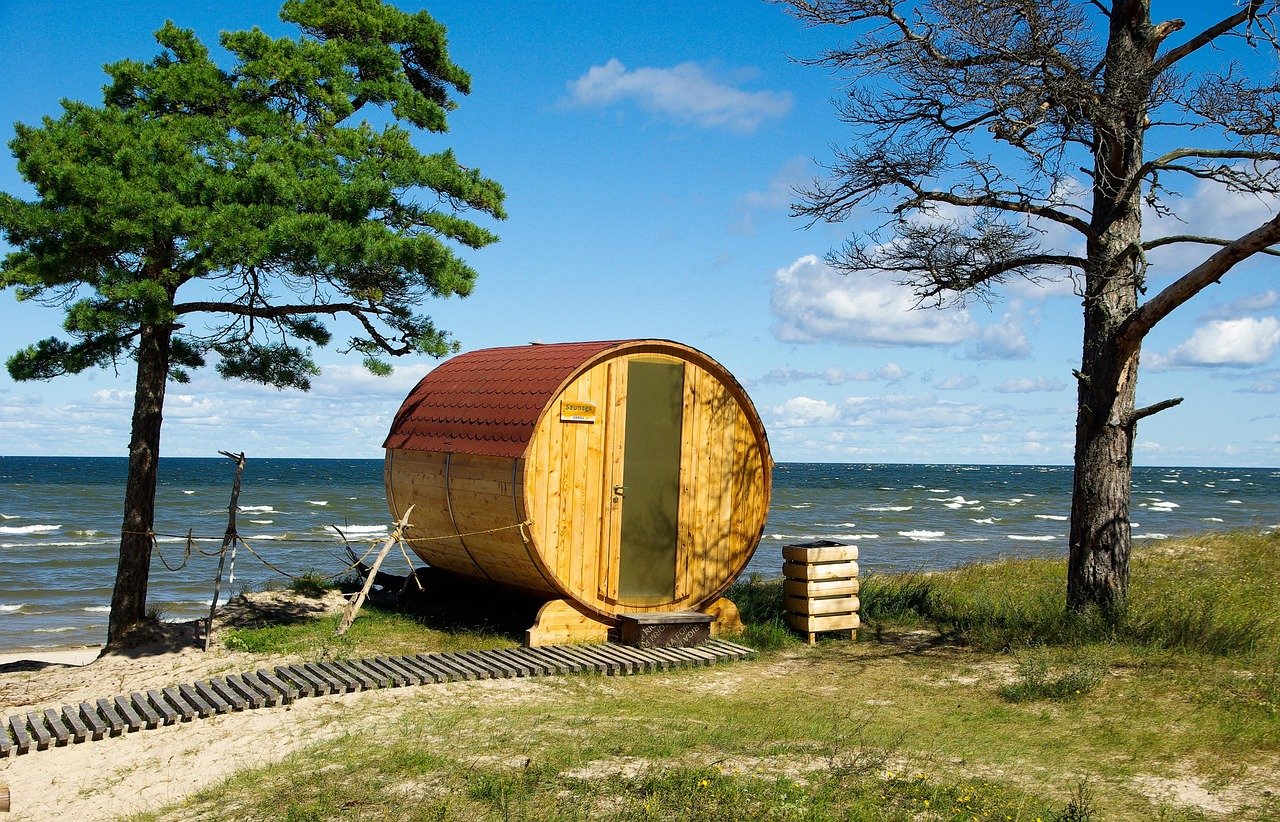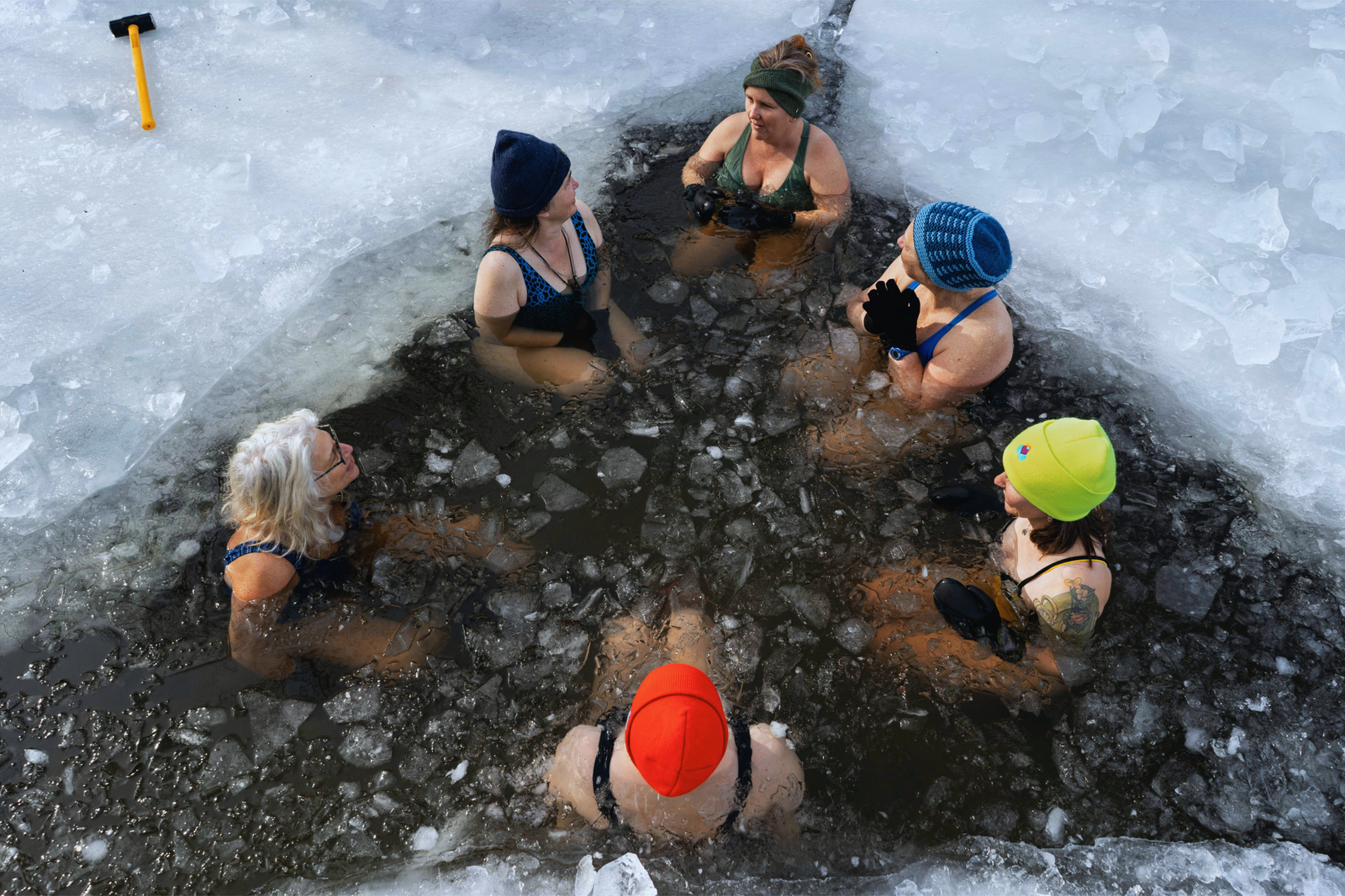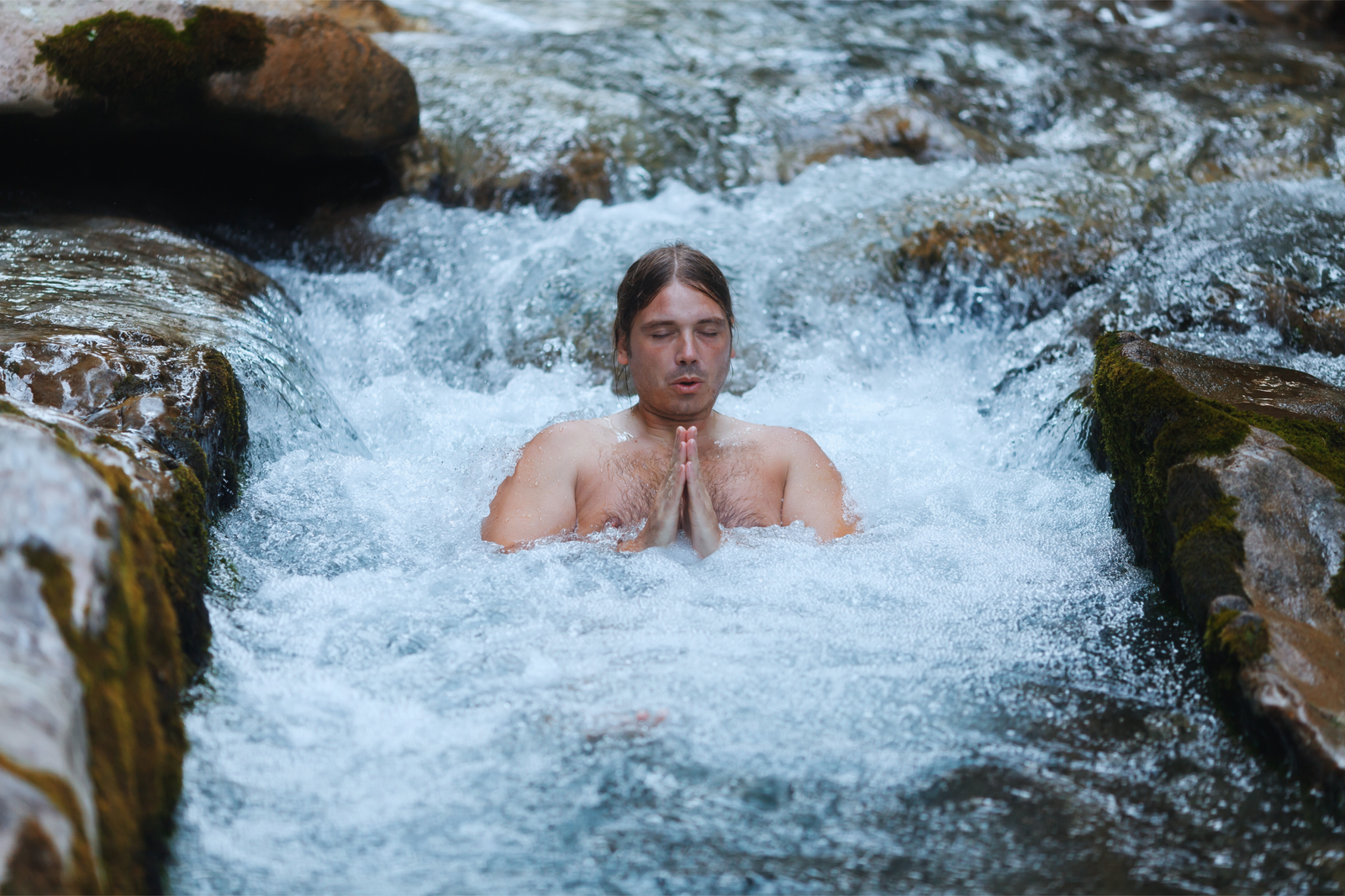Sauna Hydration: What To Eat And Drink

Saunas feel great, but they make you sweat—a lot. This sweating is good for your body, but it means you need to think about hydration.
Let’s explore how to properly hydrate before, during, and after your sauna sessions.
Why Sauna Hydration Matters
When you sit in a sauna, your body loses water and essential minerals called electrolytes through sweat.
Electrolytes like sodium, potassium, magnesium, and calcium play a critical role in fluid balance, nerve signaling, and muscle function. Without enough of them, your body can’t regulate temperature properly or support key systems like your heart, muscles, and brain.
Without adequate water and electrolytes, you can become dehydrated. Some signs of dehydration include fatigue, weakness, dizziness, muscle aches, lightheadedness, brain fog, and nausea.
Even mild dehydration can have a noticeable impact on how you feel. In more severe cases, it can be dangerous or even life-threatening. Most negative reactions to sauna sessions happen because people don’t drink enough fluids to replace what they’ve lost.
How Much Do You Lose in a Sauna?
On average, people lose 0.5 to 1.5 pounds of sweat (roughly 8–24 ounces of water) during a 15–20 minute sauna session. Factors like temperature, humidity, body size, and sweat rate all play a role. This loss happens quickly and silently, especially during dry heat sessions.
Hydration is especially important for morning sauna sessions, since most people wake up slightly dehydrated after hours without fluids.
There aren’t any official guidelines for sauna hydration, which means there’s no one-size-fits-all amount of water or electrolytes to take in. The recommendations in this article are based on personal experience, current research, and guidance from leading hydration brands.
Pre-Sauna
Start hydrating well before you enter the sauna.
- Drink at least 8-16 ounces of water in the hour before your sauna.
- Avoid drinks with caffeine or alcohol, as these can make dehydration worse.
- If you exercise before your sauna, be extra careful to replace lost fluids.
During Sauna
Keep water nearby while you’re in the sauna, especially if you’re overweight.
A study of 674 adults found that body mass loss during just two 10-minute dry sauna sessions was significantly influenced by BMI, with those who were overweight or obese losing the most.
This shows how quickly dehydration can happen, making it important to hydrate based on your body and how much you sweat.
Take small sips rather than gulping down large amounts at once. Your body absorbs smaller amounts better.
Post-Sauna
After sweating in the sauna, your body needs to replace both water and electrolytes.
- Drink at least 16-24 ounces of fluid within the first hour after your sauna.
- Consider drinks with electrolytes, especially if you had a longer session or exercised beforehand.
- Continue hydrating throughout the day.
Understanding True Hydration
Hydration isn’t just about water. It’s about the balance of fluid and electrolytes both inside and outside your cells.
Drinking too much plain water can actually cause problems by diluting the minerals in your cells. Not drinking enough water is also harmful. The key is finding the right balance.
During sauna sessions, you lose not only water but also vital electrolytes like sodium, potassium, and chloride through sweat. A study published in Mayo Clinic Proceedings highlights that intensive sweating from sauna use can significantly increase the loss of these electrolytes.
This shows the importance of replacing both fluids and minerals to maintain proper hydration.
Hydrating Drinks
If you use the sauna regularly, consider electrolyte supplements, which come in several forms. For the best hydration, look for options without added sugar or artificial ingredients.
Good Choices:
Drinks to Avoid:
Hydrating Foods
Eating the right foods can help maintain your hydration levels before and after sauna use. Many foods contain both water and natural electrolytes.
Foods High in Water Content:
- Cucumber (96% water)
- Watermelon (92% water)
- Strawberries (91% water)
- Cantaloupe (90% water)
- Celery (95% water)
Foods Rich in Electrolytes:
- Bananas (potassium)
- Avocados (potassium and magnesium)
- Spinach and leafy greens (magnesium and calcium)
- Sweet potatoes (potassium)
- Yogurt (calcium and sodium)
- Nuts like almonds (magnesium)
- White and sweet potatoes (potassium)
- Pumpkin seeds (magnesium)
- Salt (sodium)
Try having a small snack with both hydrating and electrolyte-rich foods about an hour before your sauna session. After your sauna, these foods, along with plenty of fluids, can help complete your rehydration.
Special Considerations
People who are fasting or on a ketogenic diet already have depleted sodium levels, so they’ll need more sodium than others when using the sauna.
Athletes or people who exercise before or after a sauna require more electrolytes to replace what’s lost through both activities. Those who sweat heavily should pay particular attention to replacing lost minerals, not just water.
The balance of electrolytes, fluid, and sodium is especially important for these groups. Without it, cells can’t function correctly, and you’ll feel tired or dizzy after the sauna.
Hydration supplements can help, but not all are created equal. Electrolyte amounts and ratios vary widely, so check the label to ensure it fits your needs.
Individuals who’ve been advised to limit certain electrolytes—such as those with kidney disease or high blood pressure—should speak with their healthcare provider before supplementing or using a sauna.
Conclusion
Proper hydration is essential for safe and enjoyable sauna sessions. Start by drinking water before you enter the sauna. Continue hydrating during your session with small, regular sips. After your sauna, focus on replacing the water and minerals you’ve lost through sweat.
Remember that true hydration involves both water and electrolytes working together. Choose drinks and foods that support this balance. Pay attention to your body’s signals and adjust your hydration based on how you feel before, during, and after each session.
With the right approach to hydration, you can maximize the benefits of sauna bathing while minimizing any negative effects.
FAQs
Medical Disclaimer
The information contained in this post is for informational and educational purposes only. It is not intended to provide medical advice or to take the place of such advice or treatment from a personal physician. All readers/viewers of this content are advised to consult their doctors or qualified health professionals regarding specific health questions or before embarking on any new health or wellness routine, including saunas and cold plunging. Neither the author(s) nor the publisher of this content take responsibility for possible health consequences of any person or persons reading or following the information in this educational content. All viewers of this content, especially those taking prescription or over-the-counter medications, should consult their physicians before beginning any cold plunging routine or other health or wellness program.








